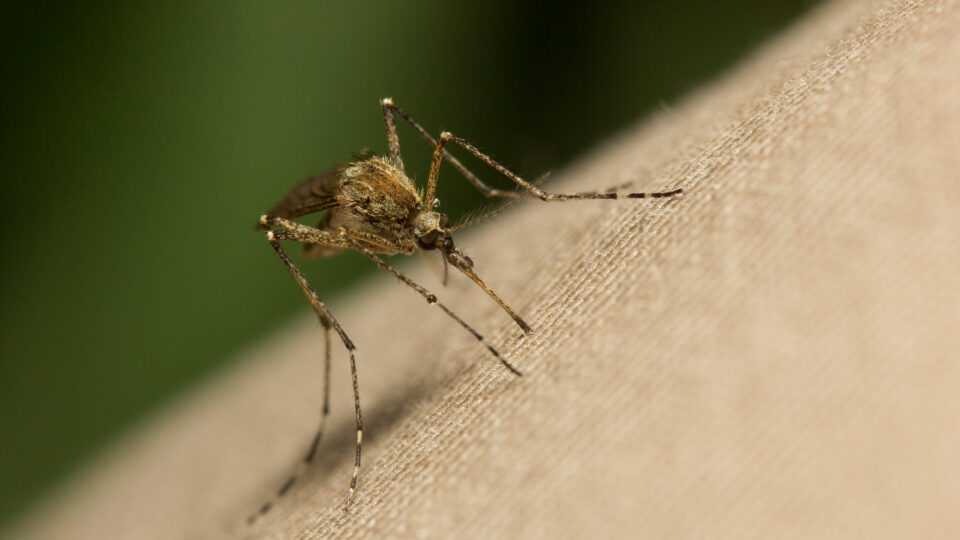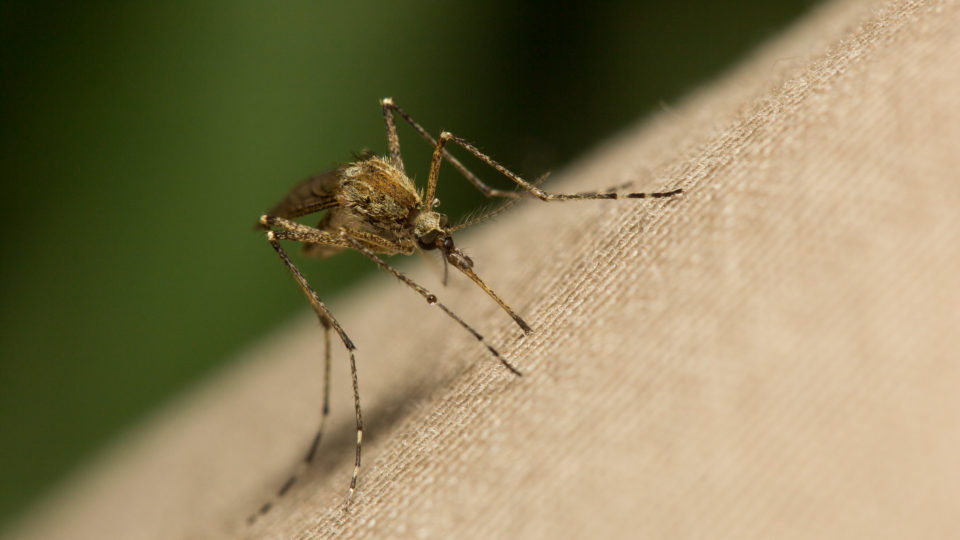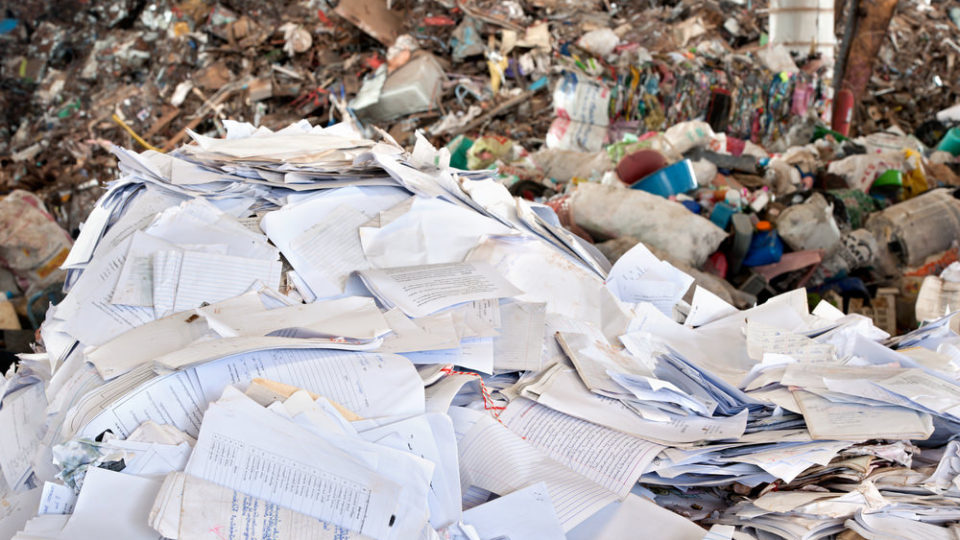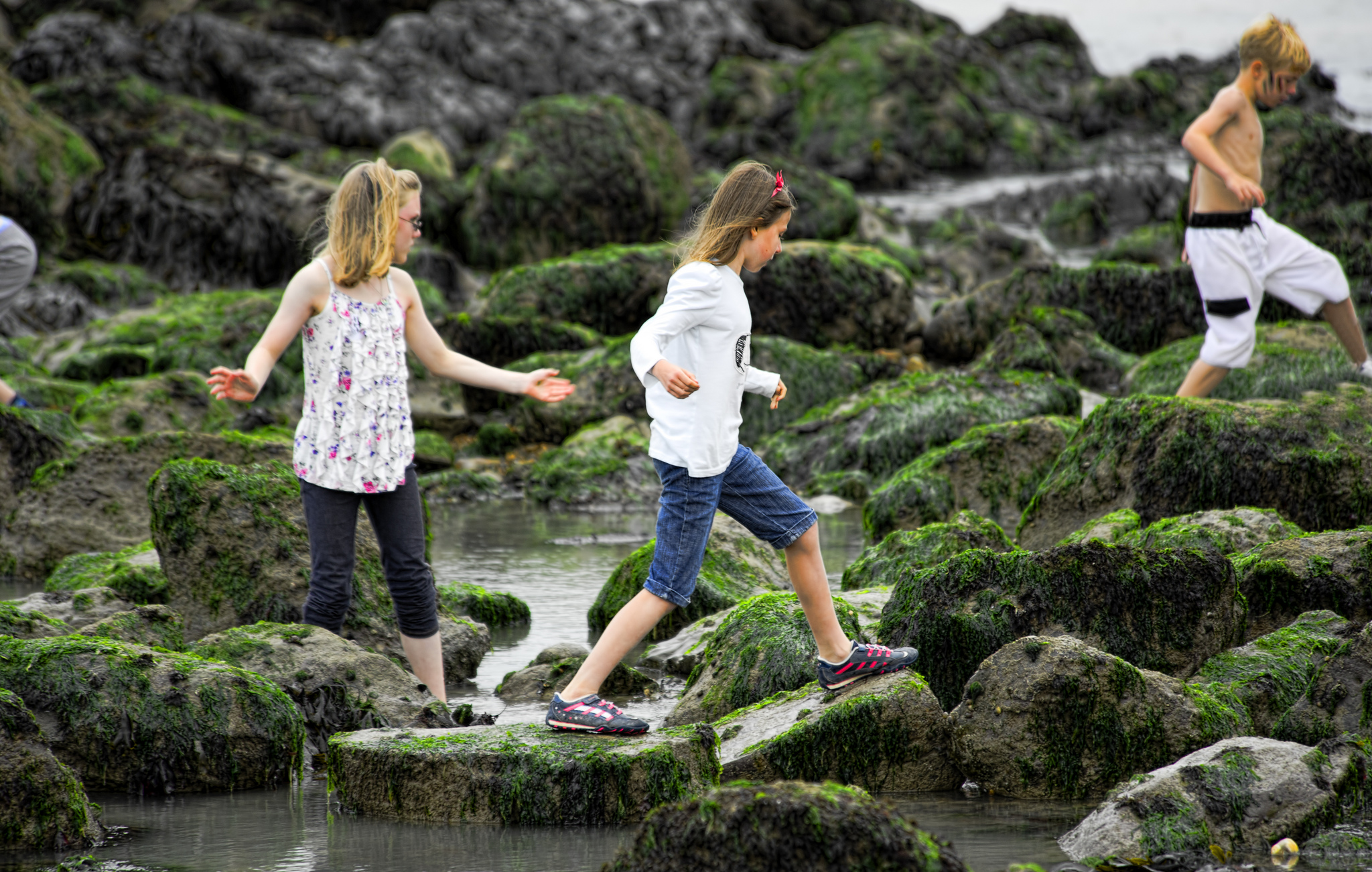Oil and gas producers around the world use venting and flaring to remove excess natural gas in crude oil production. Flaring is the process of burning excess natural gas at the production well using a flare to ignite the methane and other components in the gas, while venting is the direct release of natural gas into the atmosphere.
Both practices are major sources of greenhouse gas emissions contributing to global warming. Venting and flaring release carbon dioxide and methane – two major greenhouse gases.
The practices contribute to air pollution in surrounding and downwind communities, resulting in increased risk of hospitalizations, emergency room visits, worsening asthma, and even premature death. In fact, according to a new study recently published in the journal GeoHealth, pollution from oil and gas venting and flaring results in $7.4 billion in health damages, more than 700 premature deaths, and 73,000 asthma exacerbations among children in the United States annually.
The study, which was led by researchers at the University of North Carolina, Boston University, and the Environmental Defense Fund, also found that emissions are underreported, and controlling emissions would be profitable for operators and would significantly improve public health.
The research team found that Texas, Pennsylvania, and Colorado had the highest health burdens in this analysis, accounting for 45% of the premature deaths.
The researchers hope their findings will help improve air quality and human health by reducing emissions from venting and flaring.
**********
Web Links
New study quantifies health impacts from oil and gas flaring in U.S.
Photo, posted June 20, 2020, courtesy of Jonathan Cutrer via Flickr.
Earth Wise is a production of WAMC Northeast Public Radio














